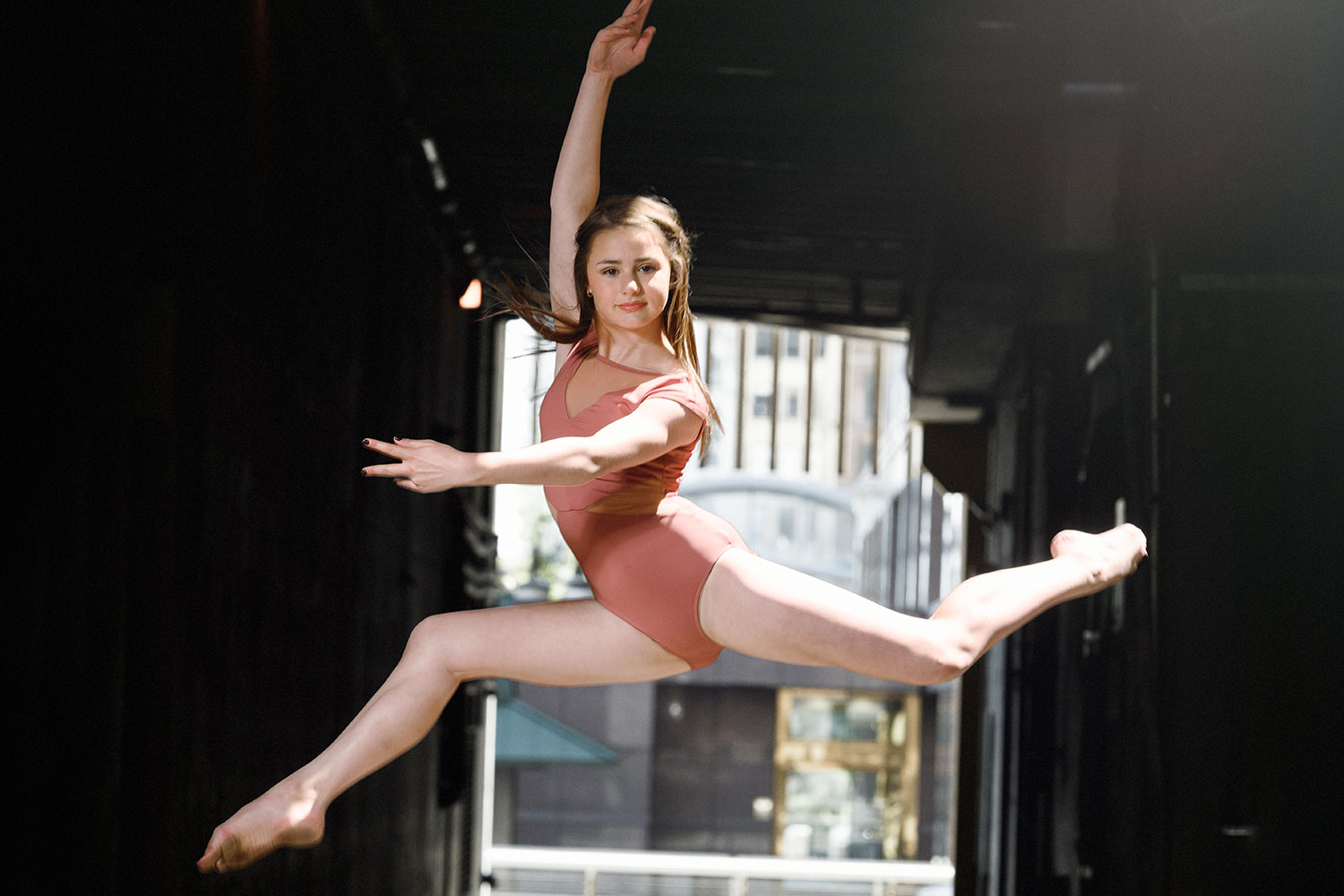From full out dresses to simple leotards, the dance world has seen it all. As with the evolution of dance and technique has grown, so has the variety of costumes worn. Throughout the years, dancers have worn almost just about anything imaginable. Let’s take a look at just how much has changed from then until now!
1800s Dancewear on pointe. This was about the time that dance became very widespread and well known. One of the most popular styles of the time was ballet. Now keep in mind that multiple factors played a role in the deciding of what costumes to wear. This was a time where social norms were no short skirts or low cut tops. That being said, in order for dancers wear to be appropriate they had to make sure it followed those standards. They wore corseted dresses with long tutu skirts and pointe shoes. Their outfits reflected the styles and fashions of the time, however, were often very restricting. Later on in the 1800s, a trapeze artist by the name of Jules Leotard, popularised a garment called the leotard that provided dancers with greater comfort and allowed for easier manoeuvrability. The leotard has remained an essential piece of dancewear ever since.
1900s Extravagance in dance. Sometimes it only takes one person to make a big difference. Isadora Duncan was one of those. In the early 1900s she decided to go against the trend and shunned the restricting dancewear that was common at the time. She chose to wear draped tunics and have bare feet. Her stand led to the relaxing of dancewear standards and started to allow the modern dance fashions to be born.
1930s-40s Glamour and Glitz. After Isadora made her stand, a new bigger, bolder and glamorous shift in dancewear began to occur. Dancewear became more extravagant and raunchier, with feathers and glitter reflecting the party atmosphere of the time. Walt, jazz, and tap were very popular around this era. Dance also became more popular in films and musicals. It wasn’t just ballet being shown in the theatres and on Broadway. With dancing making an appearance on Broadway, elegance and sophistication became quite common, with long dresses, evening gowns and heels triumphing on dance floors around the world.
1950s-60s Hand jive and swinging sixties. Rock and roll was all the noise in the 50s. Dancehalls everywhere jived to Little Richard and Elvis. Just like in the movie Grease, mini skits and even cocktail dresses began to reflect in the youth revolution. This was when women dancers really became able to reveal more and dressed glamorously. Once the 60s came around dresses started to tighten and get even shorter, reflecting the huge cultural shift of the time. Dancewear began to focus more on the legs and accentuated the female body even more so. This was often the time when spandex was incorporated into the dance world. In this time period dance fashion was all about wearing short, tight, sexy outfits that allowed great flexibility and showed off the body of the dancer.
1970s Dancing with Disco. Once the “sexy seventies” came around fashion shifted once again. Disco was a huge influence at this time and caused the trend of dancewear to change. This brought the groovy, colorful, and bold style of fashion. People were no longer into having everything short and tight. Jumpsuits and long flowing dresses with bell-bottoms reflecting the smooth sound of Disco making them the newest trend in the dance world. Leotards were also starting to come back at this time as well.
1980s Legwarmers and Leotards. One of the best ways to create an image of what dancing looked in the 80’s would be the movie Dirty Dancing and Footloose. The leotard was back in style in its original form while dance trunks, leg warmers, vests and other dance essentials became normal items to wear. Sneakers were also quite common throughout the dance world at this time.
1990s-2000s Hip Hop is at the top. The 1990s is known for being a real mix up of so many different influences. You would see leotards and leg warmers and tight fitting clothes. But at the same time could count on seeing more relaxed and baggy streetwear, including tracksuits, t-shirts and trainers, reflecting the popularity of Hip-Hop, breakdancing and street dance. Also very popular were the parachute pants made by MC Hammer.
Present Day. Nowadays you can see the different fashions of dancewear everywhere. Dance is so popular throughout the world and on TV. Different shows like Dancing With The Stars, or Ballroom Dancing depict so many different styles that have evolved throughout the different eras and are constantly being brought back to the spotlight once again. There are theaters, Broadway shows, and ballets that all display the variety among dancewear that has been worn. In this day and age, there is no set rule when it comes to what dancers will wear. And there is no telling what will be worn in the future as well!

